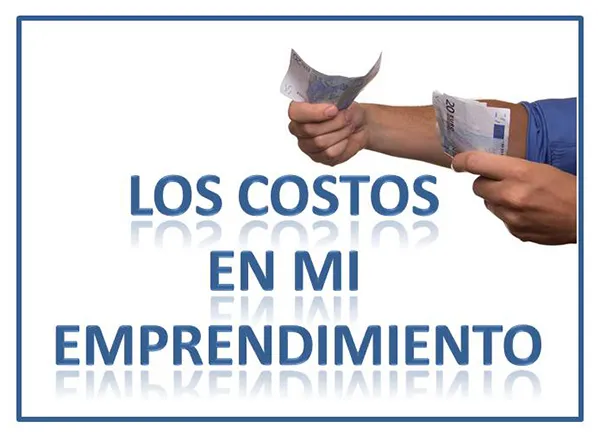
Es frecuente que al habar de los costos de nuestro emprendimiento nos centremos solo en la propuesta de valor, es decir, pensamos en cuanto nos cuesta producir el producto concreto, dejando de lado otros costos que de manera directa e indirecta repercuten tanto en la producción como en aquello que es indispensable activar para que el negocio funcione.

Recuerdo que cuando busqué a una persona para que me calculara los costos de mi negocio (un taller de orfebrería), quedé impactada, la lista era interminable en detalles que yo pasaba por alto, por ejemplo: como el taller lo tenía en mi casa no tomaba en cuenta un monto por alquiler, ella me planteaba, imagina que no tienes este espacio, tienes que alquilar uno, ¿cuánto te costaría?, entonces, aun cuando tengas el espacio este es un costo que debes incluir y así con cada aspecto, continuando con el ejemplo, incluyó en los costos:
Las impresiones de los diseños
Los costos de transporte para ir a comprar la materia prima, bien sea en el mercado local o irla a buscar a en las empresas de encomienda por donde me llegaran.
Los costos de servicios como: luz, agua, internet, gas que como pertenecían a mi casa tampoco los tomaba en cuenta, abultaron la lista y
Hasta el cafecito que le ofrecía a mis alumnas, cuando semanalmente venía a sus clases de orfebrería, entraron en los costos.
En el modelo canvas, que venimos trabajando en distintas entregas, se propone que realicemos el apartado de estructura de costo en último lugar para poder relacionarlo con los recursos, las actividades y los socios claves, también nos recomienda que lo hagamos antes de fijar el precio de nuestros productos esto con la finalidad de conocer cuánto requerimos invertir, determinar la viabilidad económica y lo más importante saber si los costos hacen rentable nuestra propuesta, con un valor monetario competitivo en el mercado.
Como al seguir el modelo canvas se trata de establecer aquellos aspectos claves que requerimos para iniciar nuestro emprendimiento es oportuno preguntarnos:
1.- ¿Cuáles son los costos más importantes que tenemos y que requieren de mayor inversión? Acá podemos distinguir entre los costos fijos y variables.
Los fijos serán aquellos que se mantiene estables en un tiempo estipulado, como pudieran ser el alquiler de un local, los servicios básicos o los impuestos fijos como el iva. Claro, tomemos en cuenta que estos criterios son válidos para economías estables, para nosotros en Venezuela, como dicen, cualquier cosa puede pasar y lo que pudiera ser fijo se convierte en variable, por lo que este aspecto hay que mantenerlo presente.
Los costos variables son aquellos que se modifican constantemente y guardan una estrecha relación con el volumen de producción, atendiendo al criterio de proporcionalidad: a mayor producción mayor gasto o inversión y viceversa. En este renglón entran: la materia prima, transporte y todo lo que implica la distribución del producto, la presentación y embalaje del producto, etc.
2.- ¿Cuáles son las actividades básicas e imprescindibles para que nuestro producto salga al mercado y cuáles son sus principales costos?
3.- ¿Cuáles son los costos que generan los canales de distribución?

Desde mi experiencia considero que en esta primera etapa, cuando estamos construyendo nuestro modelo de negocio, lo importante es fijar nuestra atención en lo grueso y no en los detalles para determinar los costos y partiendo, de un prototipo del producto o servicio, me he plateado:
¿Qué necesité para realizarlo?, ¿Cuánto gasté?
En el proceso de elaboración, ¿Qué requerí, cuál es el costo aproximado de eso?
Para presentarlo al público, ¿qué necesito?, ¿cuál es el costo?
Para que mi producto llegue al cliente ¿Qué costos requiero cubrir?
Como vemos para establecer los costos claves, nos enfocamos en la propuesta de valor, las actividades de producción y los canales de distribución. Con estos datos podemos perfilar el costo del producto y determinar si nuestro precio se acerca a los establecidos en el mercado por producto similares.
the printing of the designs
The transportation costs to go to buy the raw material, either in the local market or to go to look for it in the companies of parcels where they will arrive to me.
The costs of services such as: electricity, water, internet, gas, which as they belonged to my house I didn't take them into account either.
Even the coffee that I offered to my students, when I came weekly to their goldsmith classes, were included in the costs.
What did I need to make it?
What did I need to make it, how much did I spend?
In the elaboration process, what did I need, what is the approximate cost of that?
To present it to the public, what do I need, how much does it cost?
For my product to reach the customer, what costs do I need to cover?
Si no es así, corresponde buscar alternativas para bajar costos y aquí entran, por ejemplo, los socios claves: revisar quienes son nuestros proveedores y si podemos encontrar mejores precios sin perder calidad, revisar las opciones que tenemos en cuanto a la distribución del producto, entre otros.
Lo relevante, amigo emprendedor, es tener una visión general de la inversión que vas a hacer, los costos que genera tu producto y las ganancias que puedas obtener, ubicándonos con ello en una realidad: ¿Tenemos en nuestras manos una propuesta factible y rentable?

In English
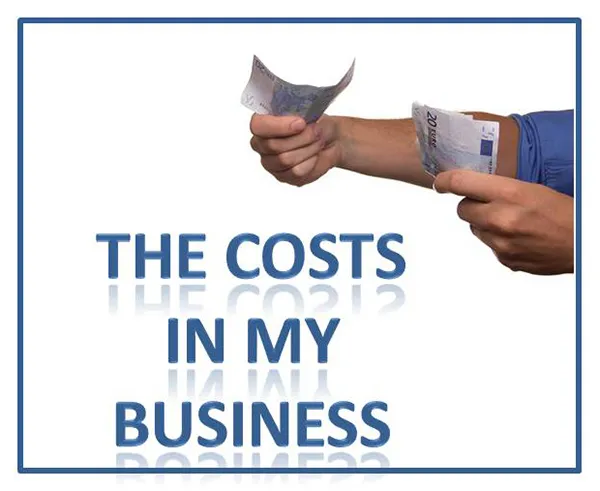
It is common that when we talk about the costs of our venture we focus only on the value proposition, that is, we think about how much it costs to produce the specific product, leaving aside other costs that directly and indirectly affect both the production and what is essential to activate for the business to work.

I remember when I looked for a person to calculate the costs of my business (a goldsmith workshop), I was shocked, the list was endless in details that I overlooked for example: as the workshop was in my house I did not take into account an amount for rent, she asked me, imagine you do not have this space, you have to build one, how much would it cost, then, even if you have the space this is a cost that you must include and so with every aspect, continuing with the example, she included in it:
In the canvas model, which we have been working on in different deliveries, it is proposed that we make the cost structure section last in order to relate it to the resources, activities and key partners, it is also recommended that we do it before setting the price of our products, this in order to know how much we need to invest, determine the economic viability and most importantly to know if the costs make our proposal profitable, with a competitive monetary value in the market.
Since following the canvas model is about establishing those key aspects that we require to start our venture, it is appropriate to ask ourselves the following questions:
1.- What are the most important costs we have and which require the greatest investment? Here we can distinguish between fixed and variable costs.
The fixed ones will be those that remain stable in a stipulated time as could be the rent of a local, the basic services or the fixed taxes as the vat. Of course, let's take into account that these criteria are valid for stable economies, for us in Venezuela, as they say, anything can happen and what could be fixed becomes variable, so this aspect must be kept in mind.
Variable costs are those that are constantly changing and are closely related to the volume of production, according to the criterion of proportionality: the higher the production, the higher the expenses or investment and vice versa. This item includes: raw materials, transportation and everything involved in product distribution, presentation and packaging of the product, etc.
2.- What are the basic and essential activities for our product to go to market and what are their main costs?
3.- What are the costs generated by the distribution channels?

From my experience I consider that in this first stage, when we are building our business model, the important thing is to focus our attention on the big picture and not on the details to determine the costs and starting from a prototype of the product or service, I have asked myself:
As we can see, to establish the key costs we focus on the value proposition, production activities and distribution channels. With this data we can outline the cost of the product and determine if our price is close to those established in the market for similar products.
If this is not the case, it is necessary to look for alternatives to lower costs and this is where, for example, key partners come in: review who our suppliers are and if we can find better prices without losing quality, review the options we have in terms of product distribution, among others.
What is relevant, my entrepreneur friend, is to have an overview of the investment you are going to make, the costs generated by your product and the profits you can get, placing us in a reality: Do we have in our hands a feasible and profitable proposal?

Translated with www.DeepL.com/Translator (free version)
Fuente de imágenes: Portada - 1 - 2



MIS REDES SOCIALES

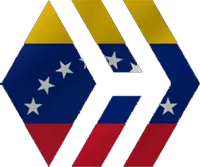
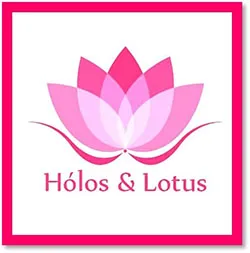

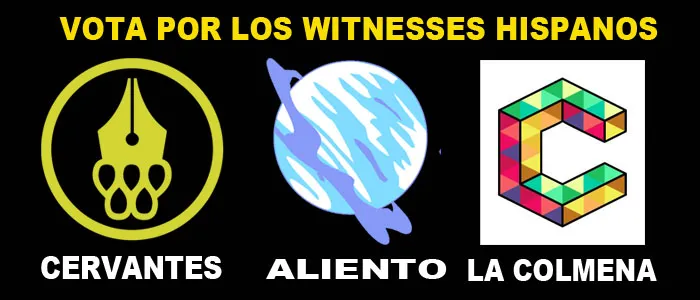
Entra y Vota
@la-colmena: https://vote.hive.uno/@la-colmena
@aliento: https://vote.hive.uno/@aliento
@cervantes: https://peakd.com/me/witnesses


Be Entrepreneur



